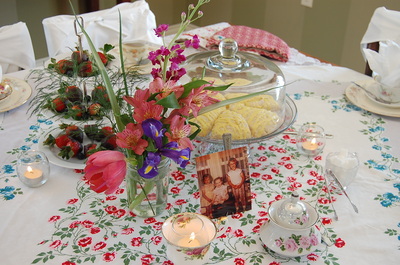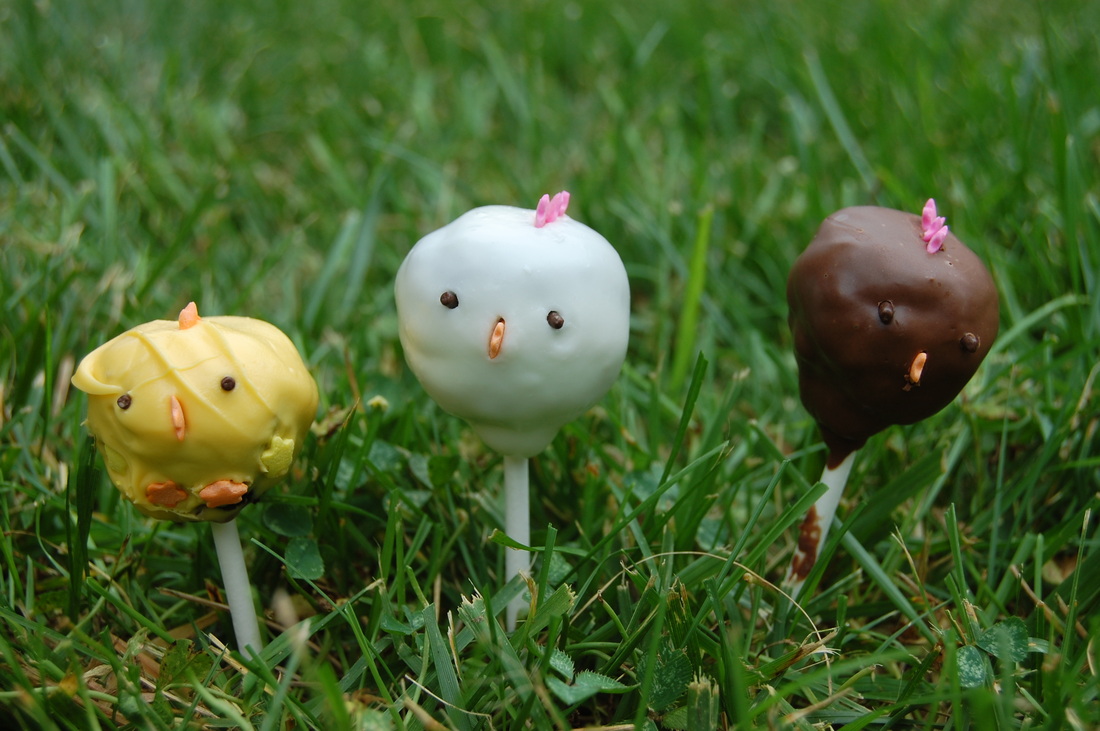Mother figures have always played a pivotal role in shaping cultures and societies. Whether they’re nurturing, guiding, or even challenging the status quo, their influence can be felt in literature, art, and daily life. In this article, we’ll explore the cultural representations of mother figures, the impact of mother figures in literature, and how the symbolism of motherhood in art reflects the values of different societies. Buckle up—this journey through the maternal landscape is going to be enlightening!

The Cultural Representations of Mother Figures
Mother figures are not just individuals; they symbolize the very essence of cultural identity. Across the globe, the mother archetype embodies various traits—nurturance, wisdom, and sometimes, even sacrifice. In many cultures, mothers are revered as the ultimate caregivers, holding the family unit together.
For instance, in African cultures, the concept of "Ubuntu" emphasizes community and interconnectedness, where mothers are the backbone of social structure. A mother’s wisdom is often sought in decision-making, highlighting her invaluable role in guiding her children and, by extension, the community.
Statistics show that in many societies, children raised in nurturing environments tend to perform better academically and socially. Studies indicate that positive maternal involvement can lead to better emotional development, underlining the crucial impact of these figures in shaping future generations.
In short, mother figures are cultural cornerstones, reinforcing values and traditions that define communities.

The Impact of Mother Figures in Literature
Literature has long mirrored society’s views on motherhood, often portraying mother figures as either saints or sinners. These representations can shape perceptions and expectations surrounding maternal roles. In classic literature, we see depictions of mothers who either uplift or constrain their children, reflecting real-world dynamics.
Take the character of Marmee in Louisa May Alcott’s Little Women. She embodies the idealized mother, instilling strength and virtue in her daughters during challenging times. Her unwavering support serves as a beacon of hope, teaching resilience and compassion.
On the flip side, consider the haunting portrayal of Lady Macbeth from Shakespeare’s Macbeth. Although not a traditional mother figure, her ambition and manipulation challenge the nurturing stereotype, showcasing the darker side of maternal influence.
A study conducted by the National Endowment for the Arts found that literature featuring complex mother figures often leads to deeper discussions about gender roles and societal expectations. This showcases the profound impact of mother figures in literature, as they challenge readers to confront their own beliefs about motherhood.

Mother Figures in Different Cultures
Mother figures vary widely across cultures, each bringing unique perspectives and values. In East Asian cultures, for instance, the concept of “filial piety” emphasizes respect and duty towards one’s parents, particularly mothers. This cultural norm shapes family structures and influences individual behaviors, showing how deeply ingrained maternal respect is in these societies.
In contrast, Western cultures may celebrate the independence of mother figures. Consider the rise of the “single mom” narrative in contemporary media, which highlights resilience and self-sufficiency. Shows like The Gilmore Girls present mother-daughter relationships that are both supportive and complex, emphasizing the evolving role of women.
Statistically, research reveals that diverse representations of mother figures in media contribute to broader acceptance of different family structures. A 2022 survey indicated that 70% of respondents felt that media portrayals of single mothers positively influenced public perceptions.
Ultimately, whether through respect or independence, the mother figures in different cultures play crucial roles in defining social norms and values.

The Symbolism of Motherhood in Art
Art has long been a medium for expressing the symbolism of motherhood, capturing the essence of this powerful role. From Renaissance paintings to modern installations, mother figures are often depicted in ways that reflect societal values and ideals.
Take Mary, the mother of Jesus, for example. In Christian art, she is often portrayed as a symbol of purity and maternal devotion. These representations have influenced countless cultures, shaping the perception of motherhood as sacred and revered.
On the other hand, contemporary artists like Kara Walker challenge traditional representations by addressing themes of race and identity. Her works force viewers to confront the complexities of motherhood, showcasing how societal issues can intertwine with maternal identity.
According to the National Gallery of Art, pieces that explore motherhood often evoke deep emotional responses, prompting discussions about gender roles, identity, and societal expectations. This isn't just art for art's sake; it's a reflection of historical mother figures in society, revealing layers of meaning and cultural significance.
Conclusion
Mother figures are integral to our understanding of culture, literature, and art. They shape values, challenge norms, and serve as symbols of resilience and strength. From the nurturing Marmee to the complex portrayals in contemporary media, mother figures invite us to reflect on our own relationships and societal expectations.
As we celebrate these vital roles, let’s continue to explore and uplift the diverse representations of motherhood in our stories and lives. Whether you’re a mother, have a mother, or know a mother, remember: the influence of mother figures transcends time and culture, shaping the very fabric of society. So, what’s your story? Share your thoughts on how mother figures have impacted your life or the lives around you!